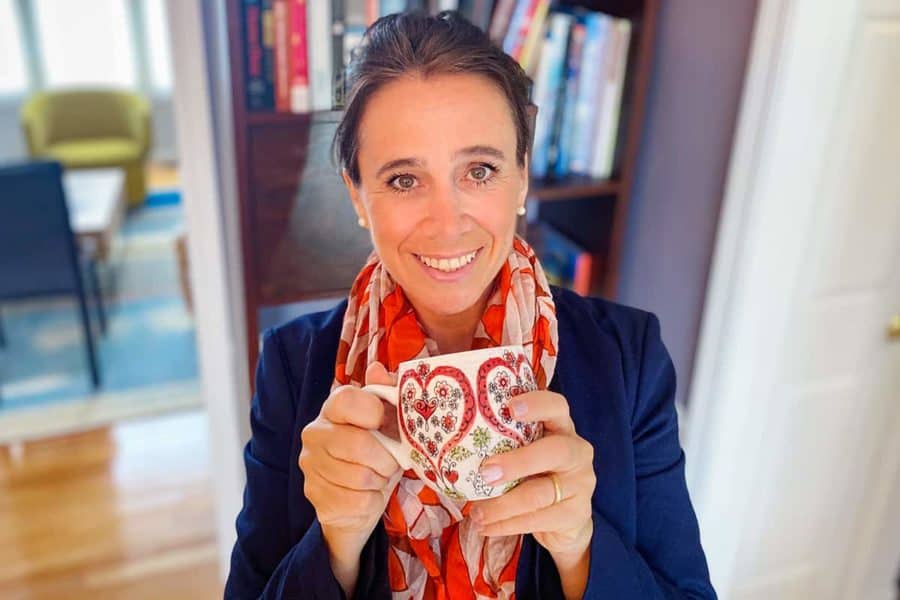Abrupt changes in the senses of smell and taste are commonly reported by people who contract COVID-19 and may be an early warning sign that a person has been infected.
A brief smell and taste challenge, developed by the Global Consortium for Chemosensory Research, is a web-based tool people can use to easily monitor changes in these senses using their favorite morning beverage. Anyone can participate by logging on to https://riech-check.de/.
“People can take a few minutes to test their abilities to smell and taste using their usual morning beverage, whether that’s coffee, juice or another drink,” said M. Yanina Pepino, a professor of food science and human nutrition at the University of Illinois Urbana-Champaign who serves on the GCCR leadership committee. “The challenge is designed to be an early detection tool that’s readily available to everyone and easy to complete. Participants who notice sudden blunting in their ability to smell or taste their morning beverage may have been exposed to the virus that causes COVID-19 and may need to self-isolate and get tested.”
People are encouraged to use the online challenge daily to monitor changes in their senses of smell and taste, particularly if they are essential workers or reside in group living settings that heighten their risk of exposure during the pandemic, Pepino said.
As participants rate their senses of smell and taste each day using the online tool, they are provided with a graphic comparing the results. By helping people monitor possible early symptoms of COVID-19, GCCR leaders hope to flatten the curve and curb the spread of the disease.
Participants can begin the challenge at any time, and Pepino particularly encourages U. of I. students, faculty and staff members to use it.
“Considering the outstanding COVID-19 testing program that we have on campus, we are in a unique position to significantly contribute important data and support science,” Pepino said. “We hope that by participating in this challenge, people will increase awareness of these important senses that we often take for granted.”
The smell and taste challenge is available worldwide with initial versions in English, German, Italian and Spanish; the GCCR is working on versions in additional languages as well.
The GCCR is a group of more than 625 scientists, clinicians and patient advocates across 63 countries, with the primary goal of collecting worldwide research data to help understand the connection between taste and smell dysfunction in COVID-19. In addition to the challenge, the group developed a survey in 48 languages that has been used to collect smell and taste observations from more than 50,000 people worldwide.
The GCCR found with its crowdsourced survey that an impaired sense of smell, a condition called anosmia, may be the single best predictor of COVID-19 infection – more reliable an indicator than symptoms such as a fever or cough among people who don’t have preexisting smell or taste disorders.
Pepino is a co-author of the GCCR’s new paper about those findings that has been accepted for publication in the journal Chemical Senses.
Editor’s Note: To reach M. Yanina Pepino, call 217-300-2374; email [email protected]
The paper “Recent smell loss is the best predictor of COVID-19 among individuals with recent respiratory symptoms” is available online or from the News Bureau.


